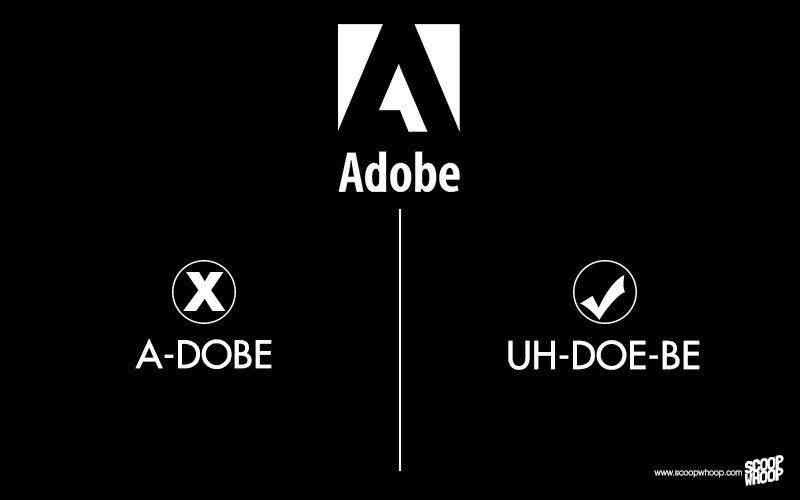Stambheshwar Mahadev Temple, Kavi Kamboi, Bharuch, Gujarat
Stambheshwar Mahadev is a Hindu Temple dedicated to Bhagwan Shiva, located in Kavi Kamboi in Bharuch District District of Gujarat, India. The Temple is about 150 years old. 1/n
The Temple is also known as the Submerging temple. The Temple is flanked by the Arabian Sea on one side and the Bay of Cambay on the other side.
As per legend, Tarakasura troubled the common people, sages and devas a lot. 2/n
Hence, Bhagwan Kartikeya k!lled him, but later he felt guilty for killing a demon who was a great devotee of Shiva. He went to Prabhu Vishnu and told about his guilty. Bhagwan Vishnu advised him to install a Shiva Linga to get relief from the sin. 3/n
As advised, he installed the Shiva Linga in this place and prayed to Bhagwan Shiva to forgive his sin.
The temple is located in Kavi Kamboi between the shores of Bay of Cambay and the Arabian Sea. This Temple is very simple temple in terms of architecture. 4/n
Every day, during the high tide hours, the temple submerges, and when the tide level becomes normal, the temple reappears again. The Temple houses a 4 feet high Shiva lingam. The Lingam can be seen during low tide. The visit to the temple should be planned in such a way that..5/n




















